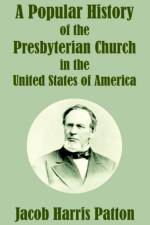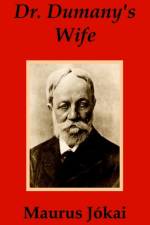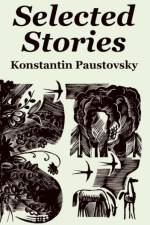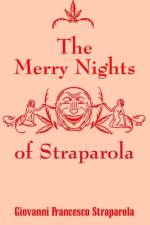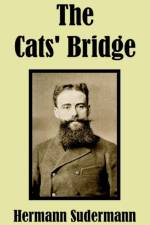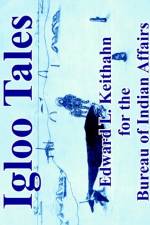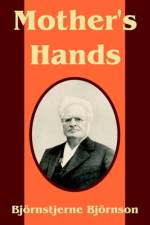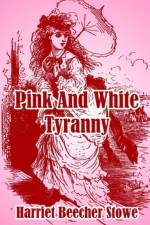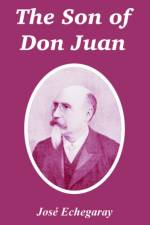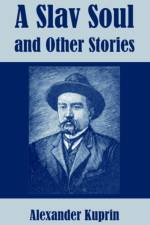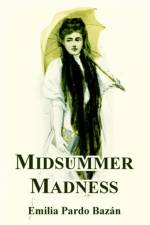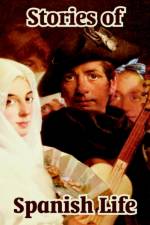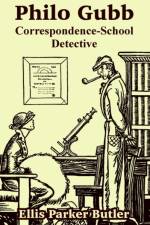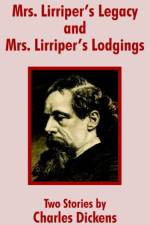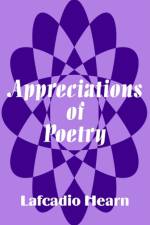307
Maurus Jókai (1825 - 1904) was a Hungarian novelist who took part as a journalist in the revolution of 1848. He wrote about 200 novels, including Timar's Two Worlds, Black Diamonds, and The Romance of the Coming Century. He was intended for the law, that having been his father's profession but at twelve years of age the desire to write seized him. Some of his stories fell into the hands of the lawyer in whose office he was studying, who read them, and was so struck by their originality and talent that he published them at once at his own expense. The public was as well pleased with the book as the lawyer had been with the manuscripts, and from that tender age Jókai devoted himself to writing. At the age of twenty-three he laid down his pen long enough to get married, his bride being Rosa Laborfalvi, the then leading Hungarian actress. At the end of a year he joined the Revolutionists, and buckled on the sword of a patriot. He was taken prisoner and sentenced to be shot, when his bride appeared upon the scene with her pockets full of the money she had made by the sale of her jewels, and, bribing the guards, escaped with her husband into the birch woods, where they hid in caves and slept on leaves, all the time in danger of their lives, until they finally found their way to Budapest and liberty. This city Jókai made his home; in the winter living in the heart of the town, in the summer just far enough outside of it to have a house surrounded by grounds where he could sit out of doors in the shade of his own trees. He became the best-known man in Hungary in his day, for he was not only an author, but a financier, a statesman, and a journalist as well.

